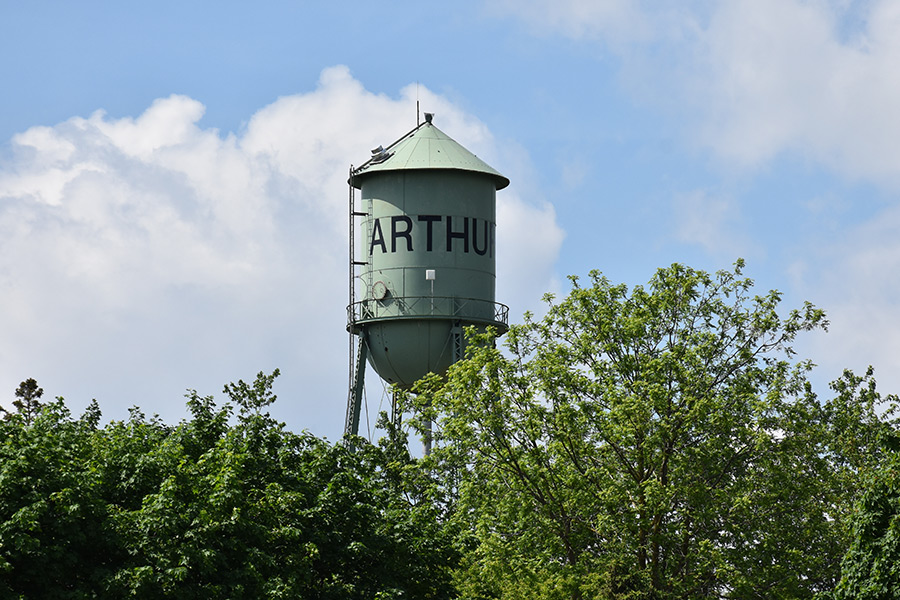WELLINGTON NORTH – “The numbers are mind-boggling,” said councillor Lisa Hern in response to a 2021 asset management plan presented to council from Brampton-based SLBC Advisory Services on Nov. 8.
“It’s gonna take time and I guess the political will to move forward with this,” councillor Dan Yake said of the long-term work needed to repair and expand the township’s road and water infrastructure, as detailed in the 148-page plan.
Although Wellington North spans only 526 square-kilometres, the township contains 279 km of roads, 27 bridges, 75 culverts, and 163 water mains—all valued at $480.5 million.
The vast majority of that infrastructure, 80 per cent, is in very good, good or fair condition.
Another 15% falls into poor and very poor categories and another 5% is “unknown.”
Most concerning are those falling within the “very poor” category, identified as:
- 1.8 km of road (both gravel and paved);
- two bridges;
- seven culverts;
- sidewalks and signals;
- over 5km of cast iron pipe;
- 1.8 km of asbestos cement pipe in Arthur; and
- the Charles Street water tower in Arthur.
All said, SLBC pegs the cost of projects needing the most dire attention—the “renewal backlog”—at $29.3 million.
SLBC engineer Elaine Chang, who presented the plan to council, said none of the flagged items would be surprising to councillors because those assets have already been discussed and are in multi-year capital plans.
“What we’re trying to do in this asset management plan is to have a good handle on which of those assets are in poor or very poor condition and make very deliberate decisions based on risk exposure as to which assets are prioritized for improvement and renewal,” Chang explained.
The number of assets caught up in a renewal backlog, Chang said, is “fairly normal” considering “you’re always going to have some assets cycling through poor and very poor.”
Looking forward into the next decade, the SLBC report anticipates $38 million worth of expansions and upgrades will be needed to accommodate growth and another $70 million will be needed for renewal work on road and water infrastructure.
Chang pointed out a lack of available stormwater data for the Maitland River and Saugeen Valley watersheds and said that data—essentially looking at the percentage of properties which could handle significant storms—would be needed for future asset management planning.
To pay for it all, average yearly funding would have to increase by an additional $4.9 million – from $11.6 million from 2019-21 to $16.5 million per year for 2022-31 – the report states.
Chang suggested costs could be tackled by adjusting service level standards, deferring lower risk projects to focus solely on high-risk assets or raising taxes.
SLBC senior partner Aman Singh told councillors: “If we look at comparable municipalities and other municipalities, they’re in much worse condition and the infrastructure gap is much bigger.”
Council now has a “window of opportunity,” Singh said, to make moves now before getting too far away from being able to “close that infrastructure gap.”
“I think that’s a good shot in the arm,” councillor Steve McCabe said.
The asset management plan, required under provincial legislation by July 2022, is the result of around six months of work between the township and the firm.
By 2025, the township will need to bring into its plan current and targeted levels of service to not only comply with the provincial asset management regulation but also understand the costs and risks of meeting service targets.
Councillors Yake and Hern said it was all a lot to take in and Sherry Burke said the plan will help with future budget planning.
The plan was received and endorsed by council.




